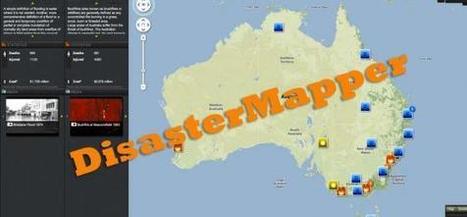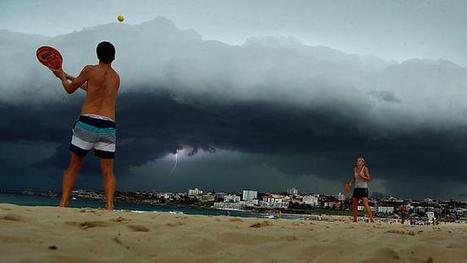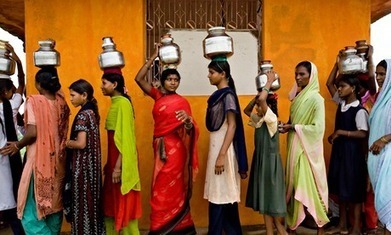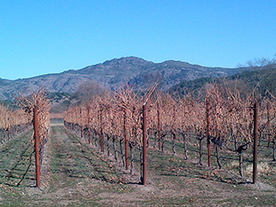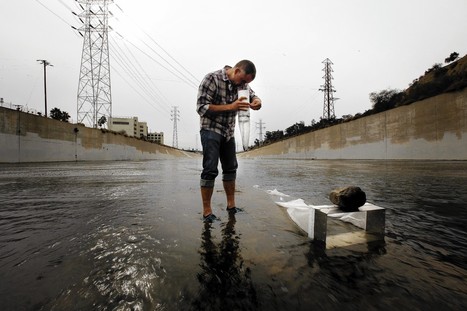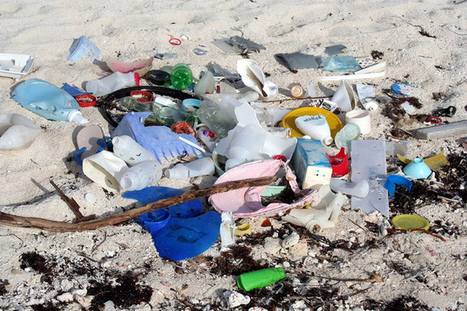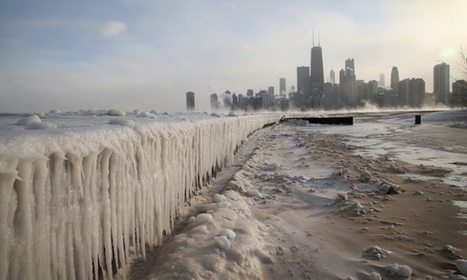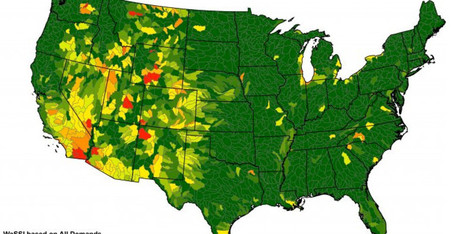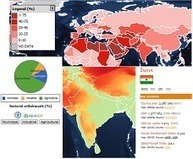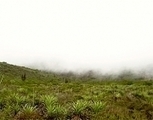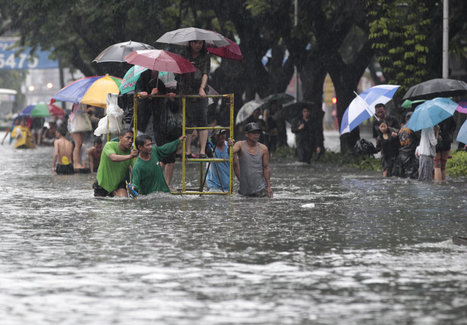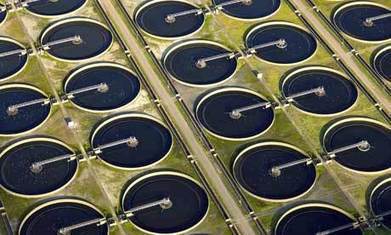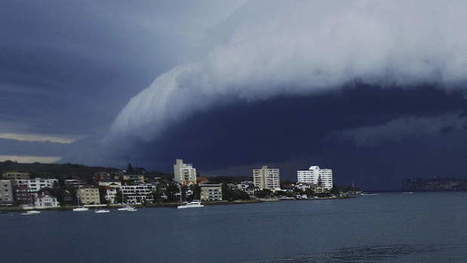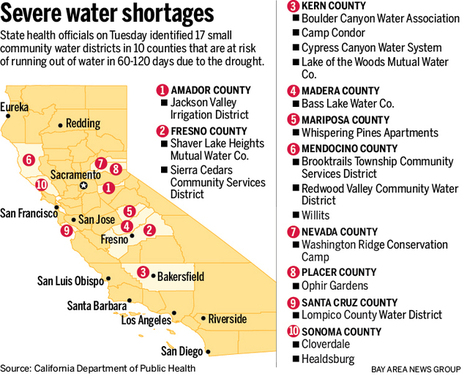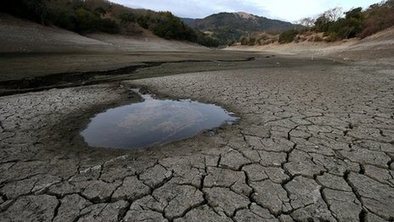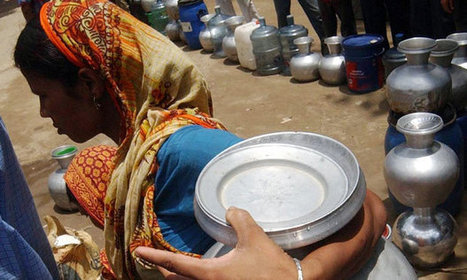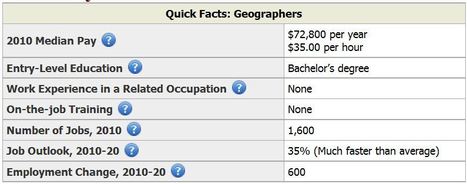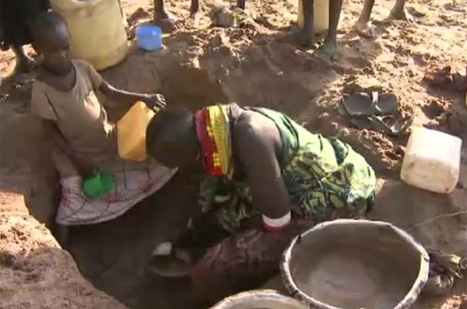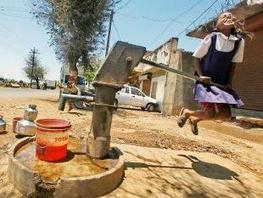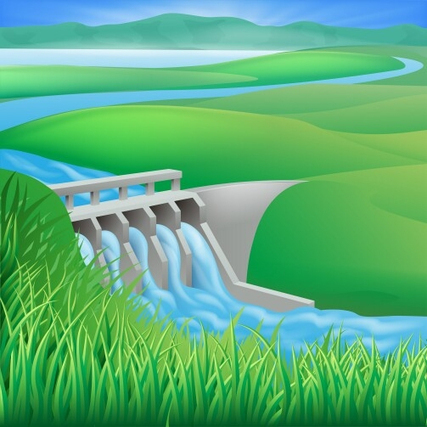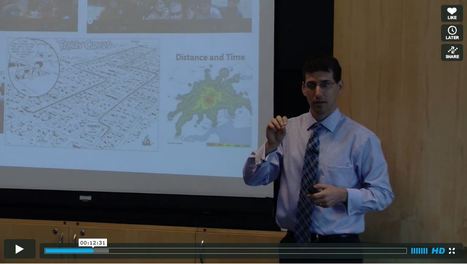Get Started for FREE
Sign up with Facebook Sign up with X
I don't have a Facebook or a X account
 Your new post is loading... Your new post is loading...
 Your new post is loading... Your new post is loading...

dilaycock's curator insight,
March 5, 2014 5:33 PM
Spectacular! And they played on regardless! Interestingly, I live about 15km from the CBD and we saw none of this and had about 3 spots of rain.

dilaycock's curator insight,
December 1, 2013 9:04 PM
We tend to think of plastic pollution as being in the form of bottles, plastic bags etc., but this article highlights the dangers of "tiny plastic" pollution.

oyndrila's curator insight,
January 10, 2014 12:44 PM
The outcomes of climate change - visually wonderful !
Deb Kemper's curator insight,
December 28, 2013 2:27 PM
China must start to address water quality issues which are as pressing as its air quality issues.
Lora Tortolani's curator insight,
April 20, 2015 11:03 PM
The area of Minila received more rainfall in day than it typically gets in a month. Flights were delayed and cancelled, roads were turned into rivers. Some of the thoughts of why this is happening are because of deforestation of mountains, clogged waterways and canals where large squatter communities live, and poor urban planning
Mark Hathaway's curator insight,
November 28, 2015 6:44 AM
Flash flooding is probably the least understood natural disaster in the world. People often underestimate, how dangerous a flash flooding situation can become. The Philippines and South East Asia suffer from widespread monsoons. The regions fertile farmland is a result of the widespread heavy rainfall. A darker consequence of this phenomenon is the occurrence of dangerous flash flooding conditions. This particular rain in the Philippians was strong enough to submerge more than half of the capital underwater. The government in Manila has suspended all government operations that do not pertain to response and rescue missions. There will be major economic effects from this event. The loss of private property, and infrastructure such as roads will put a dent into the local economy. 
Zavier Lineberger's curator insight,
May 3, 2018 12:55 AM
(Southeast Asia) Monsoon season occurs naturally in Southeast Asia, but a powerful storm and industrial practices have undoubtedly amplified its impact. In this report from 2013, the rains became deadly with extreme flooding (1 in. of rain/hour) in Manila. The floods destroyed homes and caused at least 7 deaths, mostly from drowning in neck-deep water. In a state of emergency, everything besides response services were closed. An estimated 600,000 Filipinos were affected by the rains. Flooding is especially destructive in the agricultural villages because of increased isolation and less infrastructure. Deforestation, malfunctioning dams and dikes, and inadequate city development also worsened the flooding.
|

dilaycock's curator insight,
March 5, 2014 6:16 PM
Watch the storm roll through Sydney via time-lapse photography.

Amanda Morgan's curator insight,
October 19, 2014 8:19 PM
The drying of the Aral Sea opens our eyes to how fragile our environment is and the scarcity of resources. We need to become more aware of our resources, because as they saying goes, the "well will run dry." 
Kevin Nguyen's curator insight,
December 7, 2015 1:14 PM
The massive changes to the Aral Sea can clearly be seen through the course of a decade. It's so unbelievable that from 2000 on ward it shrunk significantly and the video also showed the development of agricultural land that surrounds the rivers feeding into the Sea. The more water being irrigated and are not putting into the Sea the more it dries up because the water is evaporated with little to no rain going back to it. This is definitely one of the worst man-made disaster that have happened to this region. 
Corey Rogers's curator insight,
December 15, 2018 11:44 AM
Aral Sea is getting more and more dried up and not many people seemed to be caring about this issue. What was once a vast and huge sea is now just a drying up lake that will soon be gone forever. People need to wake up and start thinking of ways to fix this issue.

Chris Costa's curator insight,
November 9, 2015 2:39 PM
For over 20% of the population, finding safe drinking water in Bangladesh is a daily struggle that is only expected to worsen in the coming decades.These Bangladeshis live in "hard-to-reach" areas of the nation, along the swampy marshlands of the inlands and coastal outlets, where access by roads is severely restricted. This makes it difficult to transport the necessary aid to these regions, placing them disproportionately at the peril of natural disasters and other such catastrophes. The increasing salinity of the water in these areas- the result of acid rain and other man-made climate changes- has made it extremely difficult for the people of these regions to find the drinking water necessary to replenish their exploding population. With the effects of climate change only worsening, the plight of these people can be expected to get worse and worse. Millions of people face increasing health risks and even death as we move forward into the 21st century; I hope that the powers that be are able to find a solution to help these people receive the aid they so desperately need.
Mark Hathaway's curator insight,
November 10, 2015 6:34 AM
Water is essential to human survival. Contaminated water is a detriment to human survival. Extreme weather has caused a dwindling of the safe drinking water supply in Bangladesh. The consequences of this dwindling are catastrophic. A lack of safe drinking water will inevitably lead to the demise of many people. Warfare is often a consequence of a lack of precious resources. No resource in the world is more precious than water. This issue was caused by extreme weather increasing the salinity of water in the costal areas. Physical geography plays a huge role in the availability of safe drinking water. Areas more prone to extreme weather are far more likely to experience these same kinds of issues. Unfortunately, Bangladesh in one of those areas that is effected by this type of scenario. 
Sarah Cannon's curator insight,
December 14, 2015 10:04 AM
Access to safe drinking water is a physical and human geography issue because it all depends on location. For example, in Dhaka, a heavily populated area, fresh water is limited. Besides waters/rivers in Dhaka being polluted, this is a poverty filled area and government funds can only get so much for people. Dhaka is a poor, urban, and populated community.
Sally Egan's curator insight,
December 4, 2013 11:36 PM
This sounds like a key reason for studying Geography.

Jarrod Dodds's curator insight,
April 13, 2014 8:49 PM
In this video, Seth Dixon demonstrates a profound knowledge of geographical concepts . More importantly, it's his delivery and approach to teaching those concepts.
Watch this video and respond to the questions.
1) Highlight what methods the professor uses to engage students effectively.
2) Why do you think those methods are important, particularly for the subject of geography? |




